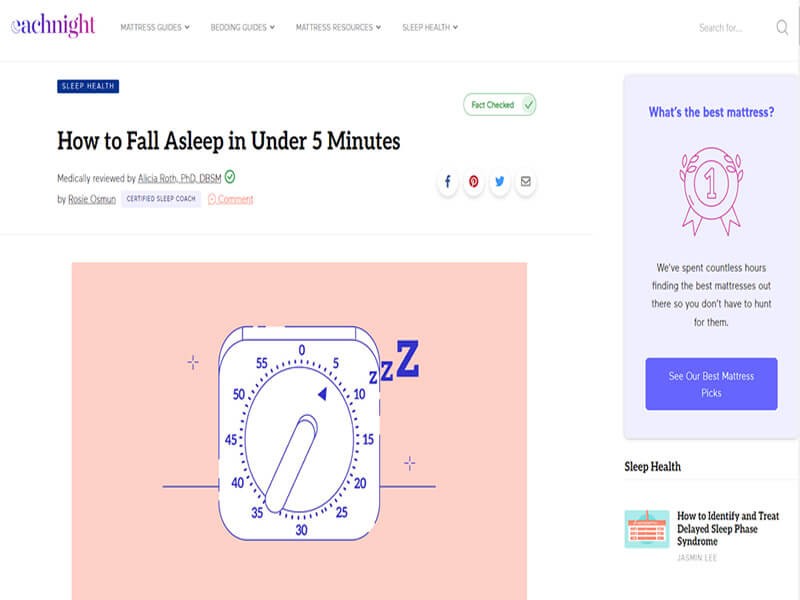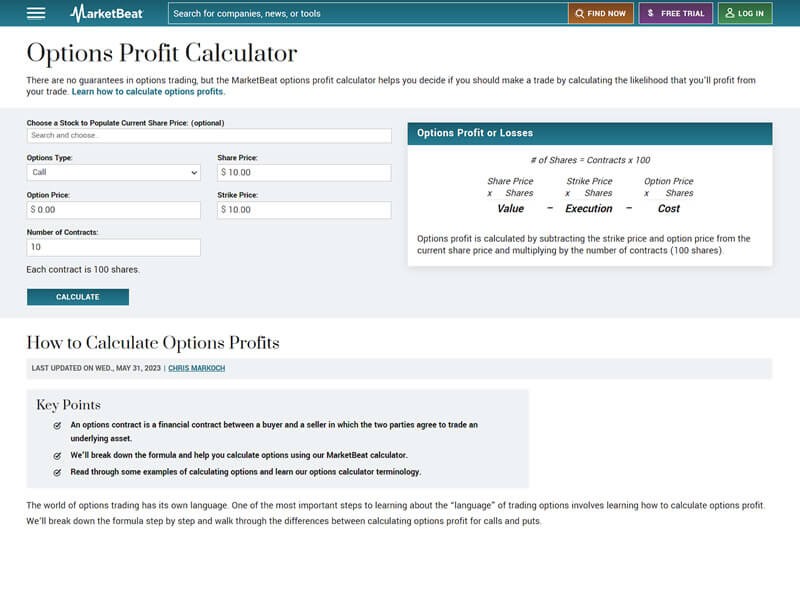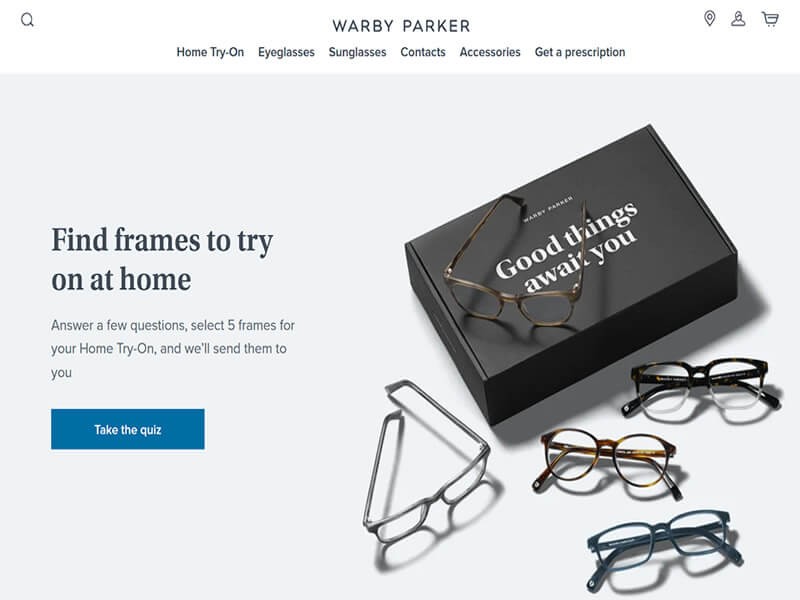Insight Blog
Agility’s perspectives on transforming the employee's experience throughout remote transformation using connected enterprise tools.
9 minutes reading time
(1757 words)
How to Use Different Types of Website Content to Engage Your Target Audience (+Examples)
With the tips we've prepared for you in this article, you'll realize the potential content marketing has to turn casual browsers into loyal followers, making the digital space a playground of endless possibilities.
When you're trying to get as close as possible to your target audience, content shouldn't be just king – it should be the entire kingdom. Why focus only on one type of content when you can offer a variety that has the power to skyrocket your engagement rates? It's like choosing one bridge that connects your brand with your audience when you have a chance to choose several.
Although, content isn't just about quantity. Its relevance, diversity, and creativity is what captivates and keeps the audience engaged. By harnessing a mix of content types, brands can weave unique narratives that resonate with different audience segments.
With the tips we've prepared for you in this article, you'll realize the potential content marketing has to turn casual browsers into loyal followers, making the digital space a playground of endless possibilities.
Intuitive User Interfaces and Functionalities
The first impression a user gets from a website often dictates whether they'll stay or bounce. And it's not all about aesthetics but rather about creating a seamless, user-friendly experience. In an age where patience is in short supply and alternatives are just a click away, ensuring that your website's core functionalities are easily accessible becomes paramount.
For instance, imagine visiting a travel website. If you're bombarded with pop-ups, forced to create an account, or navigate through confusing menus just to see flight options, you'd likely leave frustrated.
But what if you landed on a site like Going, which promises to deliver you cheap flights and airfare deals? Instead of vague propositions, they instantly offer the chance to explore cheap flights from an airport of your choice.
That immediate gratification, combined with a clean interface, would make you more inclined to explore further and even bookmark the site for future use.
Incorporating such intuitive design principles and prioritizing user experience can lead to increased user retention and conversion rates. Overwhelming users with features and promises can be damaging to your brand. But by presenting them with easily digestible functionalities in a user-centric manner, you'll ensure that they can quickly get to what they came for.
That way, your brand sets the stage for lasting relationships.
SEO-Optimized Blog Posts and Articles
The modern internet user is sharp and informed, often turning to search engines to find answers to their burning questions or solutions to their needs. So, as a brand, you need to offer great content and make sure your audience can find it easily.
SEO is the art and science of ensuring your content ranks high on search engine result pages. When done right, it acts as a magnet, pulling in organic traffic and positioning your brand as a trustworthy source of information.
For instance, imagine someone struggling to find the perfect sleep routine. They type "how to fall asleep quickly" into their search bar. Among the sea of results, a well-optimized, engaging article by Eachnight addresses this exact concern.
This brand providing mattress and bedding resources not only gives the visitor the answer they were looking for but also introduces their brand as someone that understands and addresses their needs.
This symbiotic relationship, where users get value from informative content while brands gain visibility and authority, is the cornerstone of effective SEO practices.
The key is to strike a balance between incorporating relevant keywords and ensuring the content remains genuine, relatable, and valuable. When you prioritize your audience's needs and seamlessly integrate SEO, your content becomes both a beacon and a guide in the vast digital ocean.
Comprehensive Tool Pages
Engagement is more than reading or watching – it's interacting and experiencing. Offering tools or features that users can actively engage with makes your website more dynamic and more memorable. Think of it as giving your users the reins, allowing them to extract value tailored to their unique needs.
Incorporating interactive elements adds a layer of depth to your website, transforming passive visitors into active participants. Such pages can serve as cornerstones, drawing in traffic and establishing your brand's credibility.
However, it's vital to ensure that these tools are user-friendly and complemented by resources that enhance understanding and utility.
Let's take the world of finance as an illustration. Investors, both novice and seasoned, often find themselves in need of tools to better understand their potential returns or risks. Enter MarketBeat, an outlet for the latest stock market news and research tools.
Alongside their primary options profit calculator tool, they provide a bounty of supporting information. There are FAQs to demystify complex terms, key points to offer a snapshot of the concept, and a well-crafted summary to tie it all together. The result is a holistic resource hub that educates, empowers, and engages.
When users feel empowered and enlightened by your tools, they're more likely to return and recommend, amplifying your brand's reach and reputation.
Follow us and access great exclusive content everyday: Follow us on Google News
Multimedia Blog Posts
In the vast sea of written content online, a touch of multimedia can make waves. By complementing traditional text with audiovisual elements, brands can cater to diverse audience preferences, making the content consumption experience more enriching and engaging.
Videos, in particular, have an unparalleled power to convey emotion, tell stories, and simplify complex topics. They can transform a potentially monotonous read into a dynamic learning journey. Infographics, audio snippets, and interactive sliders also have their place, providing breaks in lengthy articles and offering alternative ways to absorb information.
As a simple example of this tactic, we'll look at Medical Alert Buyers Guide, a website that reviews medical alert systems for seniors and AARP members. Diving into their detailed "Medical Alert System Discounts for AARP Members" post, halfway through, you're met with an embedded video that brings the topic to life, offering a new perspective or diving deeper into a specific point.
This multimedia approach ensures that the reader, regardless of their preferred content format, finds value and stays engaged.
It's all about creating a multisensory experience. When users can both read about a product and see it in action or hear experts discuss a topic they're passionate about, the message resonates on a deeper level. By seamlessly integrating multimedia elements into blog posts, brands can ensure that their content caters to a broader audience, keeping them hooked from start to finish.
Infographics and Visual Summaries
In addition to the previous point, presenting data and insights in digestible formats is an absolute necessity. Infographics and visual summaries come to the rescue, breaking down intricate topics into easily comprehensible visuals that not only inform but also entertain.
Consider the modern consumer's limited attention span. Presented with a lengthy report full of numbers and jargon, many would skim through or skip entirely. But transform that data into a vibrant infographic, and suddenly, it becomes an engaging story. Colors, icons, and concise text work in harmony, guiding the viewer through a narrative that's both enlightening and enjoyable.
For brands, infographics serve multiple purposes. They boost shareability, with visually appealing content often finding its way across social media platforms and industry blogs. They enhance retention, with visuals being far more memorable than blocks of text. And importantly, they position the brand as both an industry authority and a creative innovator.
Incorporating visual summaries and infographics into your content strategy can be a game-changer. They act as bridges, connecting complex insights to a broad audience and ensuring that the message, no matter how intricate, is never lost in translation.
Enter your text here ...
You may also like: Best Apps for Employees: UPDATED 2022 – A Complete Guide
Interactive Tools and Quizzes
Interactive content, with its unique blend of engagement and personalization, offers a fresh way to connect with audiences. Beyond static text and images, interactive tools and quizzes invite users to become active participants, fostering a deeper connection between the content and the consumer.
Incorporating interactive elements into your website breaks the monotony, but that's not all. It also fosters an environment of active learning and personalization. The results are deeper engagement, better data on user preferences, and an enriched user experience that keeps audiences coming back for more.
Picture this: you're on the hunt for a new pair of prescription glasses. You land on a website, and instead of mindlessly scrolling through endless frames, you're presented with a quiz titled "Find frames to try on at home."
This is precisely what Warby Parker, a retailer of prescription glasses and sunglasses, offers. By answering a few personalized questions, users are provided with a curated selection of frames that match their preferences and face shape. It transforms a potentially overwhelming task into a tailored experience, making the shopping journey both efficient and enjoyable.
Another example is Bellroy, a retailer in the carry goods and accessories niche. Their "Slim Your Wallet" page features an interactive slider that allows customers to compare Bellroy's wallets with a standard wallet version. This simple yet extremely useful tool is amazing for boosting product awareness in a fun and engaging way.
By making its target audiences aware of how sophisticated its website is, Bellroy differentiates itself from the competition and adds additional value to its products at the same time.
Interactive elements like Warby Parker's quiz and Bellroy's slider result in higher engagement rates, longer page visits, and, often, increased sharing on social platforms. Whether it's "Which product suits you best?" or a personalized product recommendation, these tools provide value, entertainment, and a sprinkle of personal touch.
Free ebook: How To Get Your Intranet Off The Ground
Wrapping up
Engagement is your golden key to unlocking brand loyalty, retention, and growth. But not all keys are created equal. By harnessing a myriad of content types, you can take your business to the next level and sculpt unique digital experiences that resonate deeply with their audience.
It's about blending creativity with strategy, personalization with universality, and information with interaction. In this digital dance, brands that continually innovate, iterate, and inspire find themselves leading the waltz, with a captivated audience eager to join in every step of the way.
Give dynamic content tips a try, and let your brand's voice echo far and wide, touching hearts, minds, and souls alike.
Categories
Blog
(2600)
Business Management
(319)
Employee Engagement
(207)
Digital Transformation
(173)
Intranets
(119)
Growth
(118)
Remote Work
(61)
Sales
(48)
Collaboration
(37)
Culture
(29)
Project management
(29)
Customer Experience
(26)
Knowledge Management
(21)
Leadership
(20)
Comparisons
(5)
Ready to learn more? 👍
One platform to optimize, manage and track all of your teams. Your new digital workplace is a click away. 🚀
Free for 14 days, no credit card required.


















